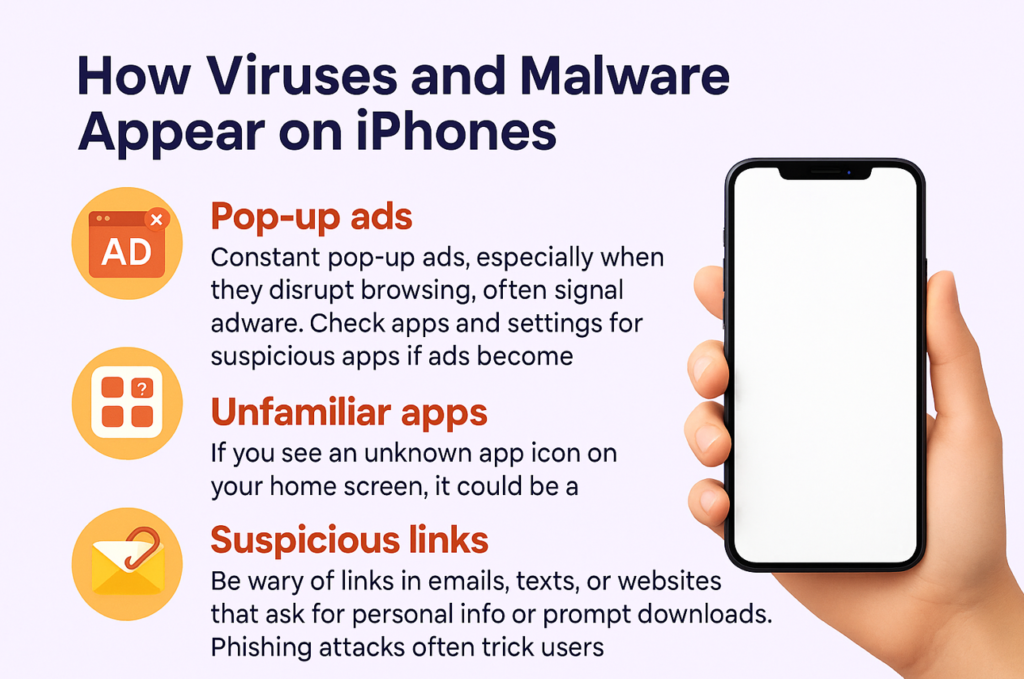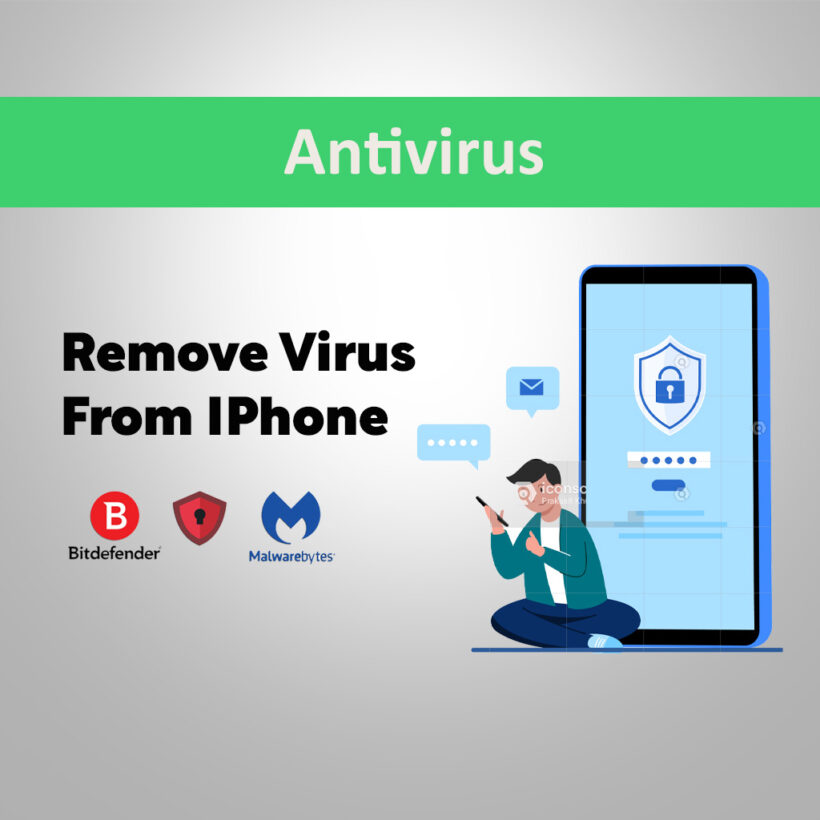Your iPhone may have a virus if it feels slow, drains battery fast, or shows pop-ups you didn’t expect. You may also notice unknown apps, settings that changed, or strange behavior you didn’t trigger. It’s annoying because you expect iPhones to be secure, but even Apple’s strong protection can’t stop every type of online threat. Follow these guidelines to protect your phone.
1. Restart Your iPhone
Restarting your iPhone will halt background processes that malware is running. It flushes out temporary system memory, which can interfere with scripts or glitches associated with malicious code. This will not eliminate malware but can prevent further damage in the short term. Always begin with a reboot before implementing deeper repairs.
To reboot, press and hold the side button together with either volume button, then swipe to shut down. Leave it for at least 10 seconds before turning it back on. This minor delay flushes out lingering tasks completely. After it boots up again, notice if pop-ups or lag emerge.
- iPhone 15 & Later: Press Volume Up, Volume Down, then hold Side Button until the Apple logo appears.
Step 2: Update to iOS/iPadOS 19.2 or Later
Apple’s 2025 updates include real-time patches for zero-day exploits. Navigate to Settings > General > Software Update.
Step 3: Delete Suspicious Apps
- Review apps using the App Privacy Report (Settings > Privacy).
- Uninstall anything unfamiliar. Use the new Deep Scan feature to detect apps mimicking trusted software.
Step 4: Reset to Factory Settings (Last Resort)
Back up data via iCloud Quantum Vault (Apple’s 2025 encrypted storage), then erase:
Settings > General > Transfer or Reset Device > Erase All Content and Settings.

What are the signs of a virus on an iPhone?
A few signs allow you to detect when a virus or malware finds its way into your device. Pay attention to them so you can act fast in case of a cyberattack.
1. Slow Performance
If your device is suddenly running slower than usual and you’re experiencing lag when switching between apps or general sluggishness when performing tasks, it may be a sign that something is amiss with its operating system (OS).
2. Pop-Ups & Ads
An infected device will often be bombarded with pop-up ads and other intrusive notifications, which can indicate that there is some form of malware present on the device.
3. Battery Drain
Malware is often responsible for battery drain since the malicious software runs in the background and consumes precious processing power. This results in quicker draining of the battery.
4. Unknown Apps
If you observe unfamiliar applications appearing on your device, this might be an indication that someone has added malicious software to it without your awareness.
Moreover, Apple’s 2025 updates include real-time patches for zero-day exploits. Navigate to Settings > General > Software Update.
5. Unusual Messages & Activity
If you begin to get odd messages or emails coming to your phone from no known numbers, or if there is odd activity on your device (like purchases made without your approval), it is conceivable that someone has accessed your phone and placed evil applications into your iPhone.
How to Secure Your iPhone from Future Attacks
- Stick to the Official App Store: Never sideload apps from untrusted websites. Apple’s review significantly reduces malware risk.
- Keep iOS Updated: Install updates immediately! They contain critical security patches for newly discovered vulnerabilities.
- Use Strong, Unique Passwords & Enable 2FA: Protect your Apple ID and other critical accounts. Use a password manager. Enable Two-Factor Authentication everywhere possible.
- Regular Backups (iCloud/Computer): Ensures you can recover your data if a rare severe infection requires a factory reset.
- Install Apps from Reputable Developers Only: Research apps before installing. Check reviews and developer websites.

Conclusion
In 2025, it means staying safe by using Apple’s most advanced tools while being watchful. Automatic updates, careful browsing, and adopting hardware-based security will protect your iPhone and iPad. Pass on this guide to assist others in fighting tomorrow’s threats—and rest assured that your data is safeguarded by the very best of today’s technology.


